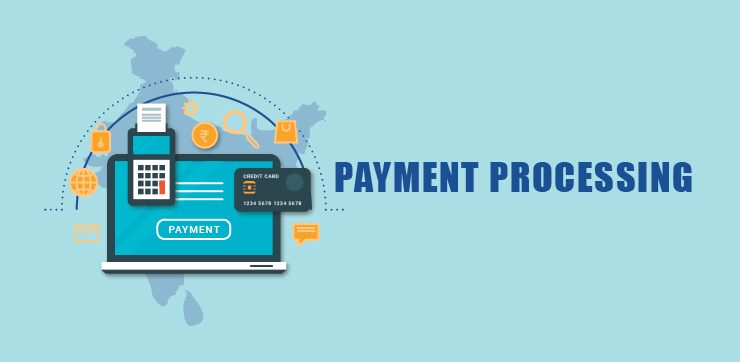How to Process Credit Cards Online

When you’re looking to process credit cards online, a virtual terminal can be an excellent option. These payment service systems can be used by a variety of businesses, and many come with additional features that make them more useful than just a basic credit card payment form.
The Best Virtual Terminal for Small Business
To start, a good virtual terminal will be PCI-compliant (PCI stands for Payment Card Industry Data Security Standards), and it should offer a number of sales reporting tools. These tools help you track your customers’ buying habits and identify top customers. They can also be useful for identifying trends in your sales and for helping you to increase your sales in the future.
Recurring Payments
The best virtual terminals can help you to set up recurring payments, which can save you time and money in the long run by reducing the amount of billing you have to do for repeat customers. These recurring payments can be set up to automatically bill your clients on a weekly, monthly, or yearly basis.
You can also use a virtual terminal to accept ACH and eCheck payments, which are typically less expensive than traditional credit and debit card transactions. These types of electronic payments are processed through your bank, which will deduct your transaction fees from the funds before transferring them to your account.
Recurring Payments Can Help You Avoid Unpaid Invoices
Getting paid for your work is essential for any business, and it’s often easy to forget to send an invoice after you’ve finished working on someone’s project. To prevent this from happening, it’s important to choose a merchant services provider that can help you store cardholder information so you can set up and process recurring payments in the future.
A good virtual terminal will also allow you to view all the details of a client’s credit card order, including their name, address, and card type, as well as their expiration date and CVV number. This information can be useful when you need to issue refunds or resolve any issues with a customer’s order.
Technical Support
Using a virtual terminal can be tricky, so you want to choose a provider that offers high-quality technical support. They should be able to help you troubleshoot any problems and answer your questions quickly, so you can get back to running your business.
Your Payment Processor Can Provide You With a Great Virtual Terminal
Most payment processors include access to a virtual terminal as part of their additional payment processing solutions and tools, and they’ll usually charge you no extra fee for it. However, it’s always a good idea to do your homework and shop around a bit to find out what providers are offering for their services.
Recurring Payments Can Be a Huge Advantage for Your Company
Recurring payments, also called subscription billing, are an excellent way to keep your customers happy and increase your revenue potential. These payments can be set up on a weekly, monthly, or a yearly basis and you can store cardholder information so you can easily process these payments in the future.



